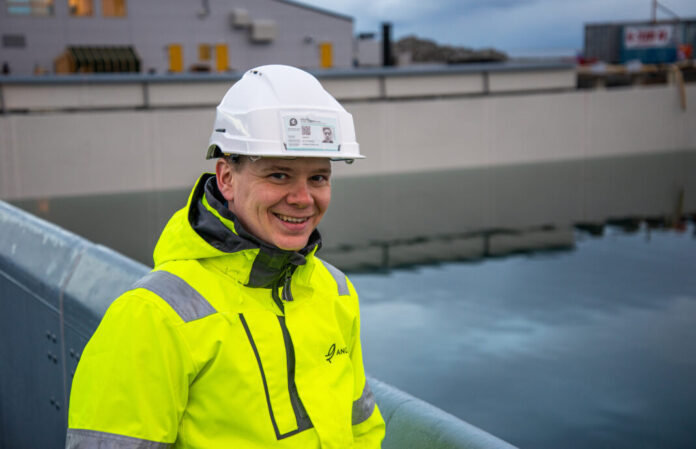Producer to make use of unused pool capacity in the first half of each production cycle with new post-smolt production strategy.
Norwegian land-based salmon producer Andfjord Salmon has unveiled a new post-smolt production strategy aimed at enhancing the utilization of its pool capacity during the initial stages of each production cycle.
According to the announcement, the strategy could result in a significant 15-25% increase in EBIT (Earnings Before Interest and Taxes).
By making effective use of the surplus space in pools, the company anticipates a 10% rise in biomass turnover.
While the company’s cash flow will also improve significantly as it can generate sales revenue from a production time of 5-7 months, in addition to revenue from a full production cycle of 12-15 months.
Notably, this strategic shift requires no additional capital expenditure on infrastructure, offering a cost-effective route to increased productivity.
The CEO of Andfjord Salmon, Martin Rasmussen, emphasized the strategy’s potential benefits. “We have worked diligently on the post-smolt strategy and are excited to present it today. It’s not just a step forward for Andfjord Salmon, but also for the broader ocean-based fish farming community, the fish, the marine environment, and the regional aquaculture industry,” he said.
The strategy is expected to hasten the company’s revenue generation and positively impact cash flow, with multiple biological and environmental benefits for ocean-based fish farmers.
Furthering its commitment to innovation in aquaculture, Andfjord Salmon has forged a strategic partnership with Eidsfjord Sjøfarm/Holmøy Havbruk for post-smolt collaboration.
In January, Andfjord Salmon completed the excavation of 12 pool pits in the north of the country ahead of schedule.









